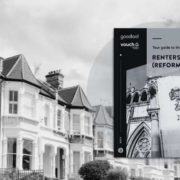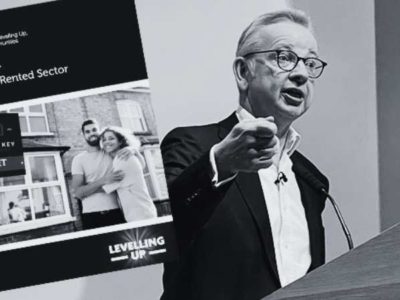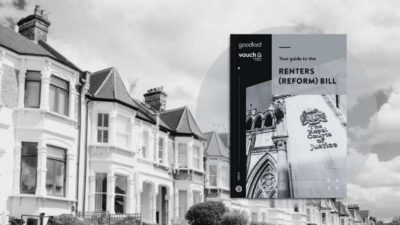The gap between earnings and property price inflation has decreased significantly across the UK in recent years due to rising wage growth and slowing property price inflation, according to new research by Halifax.
Historically, homeowners in many locations across the UK found themselves earning more from the annual increase in the value of their property than from their actual take-home pay.
However, this trend is now changing as a result of weaker house price inflation with fewer than 8 per cent of local areas seeing average house prices increased more than the total average pay over the last two years, according to Halifax.
Recent data shows that the average rise in house prices over the last two years has outstripped post-tax earnings in fewer than one in 10 (8 per cent) local authority districts (LADs). This compares to almost one in five (18 per cent) in 2017 and nearly a third (31 per cent) in 2016.
This comes at a time when the gains in the average UK property price are reportedly starting to recover, according to new data by Rightmove.
A large gap persists in some local areas
Richmond-upon-Thames in London is one of the few areas still producing a large gap between property inflation and wages, of as much as £55,482 – this is the equivalent of £2,312 per month. While this is significantly lower than the London average of £137,638, it equates to more than 80 per cent of the average UK deposit on house purchases, according to Halifax.
After Richmond-upon-Thames, the next biggest gap was found in Winchester in the South East of England, at £45,016. Nine of the top 10 LADs with the largest gaps between earnings and property price inflation were located in the capital in 2018.
However, only the London borough of Wandsworth now ranks in this category this year.
Mortgage affordability improvements
Russell Galley, managing director at Halifax, commented: “While the slowdown in house price growth may not be welcomed by homeowners, the narrowing gap between prices and wages should improve mortgage affordability for all, meaning that larger house, home extension or even first property are all more attainable.”
Galley also states that although every region of the UK saw earnings exceed price growth overall, there continues to be significant variation across the country.
He said: “The majority of areas where house price inflation outpaced owners’ take-home pay are still to be found in London and the South East.”





















Comments